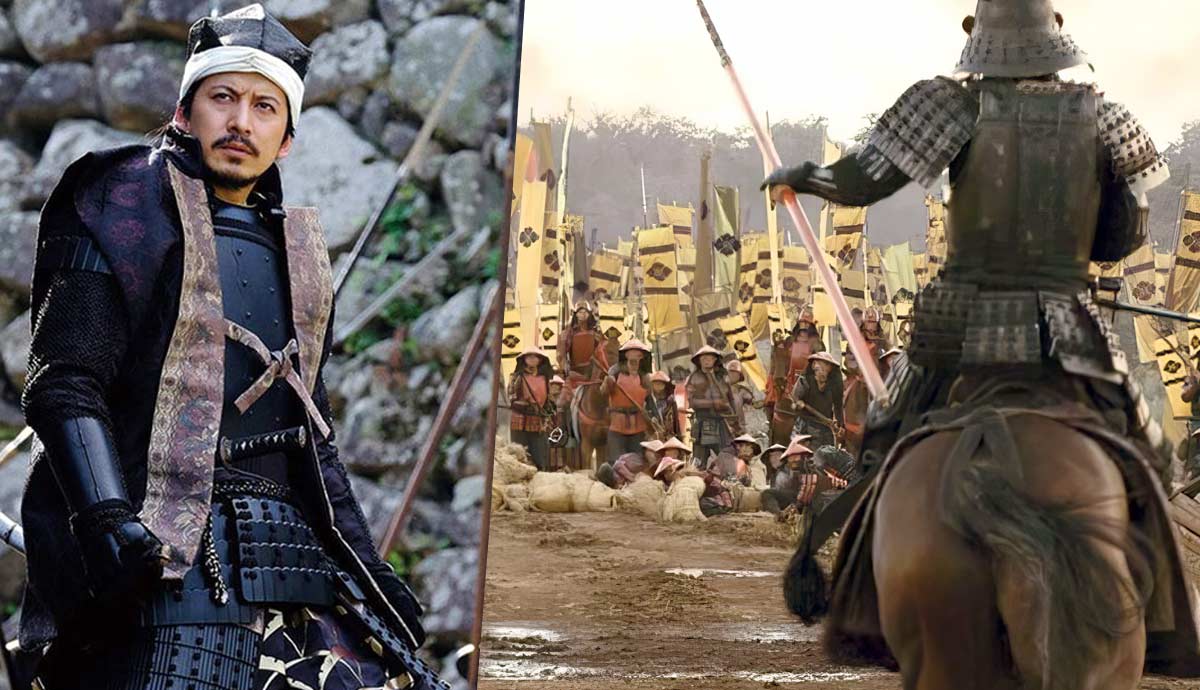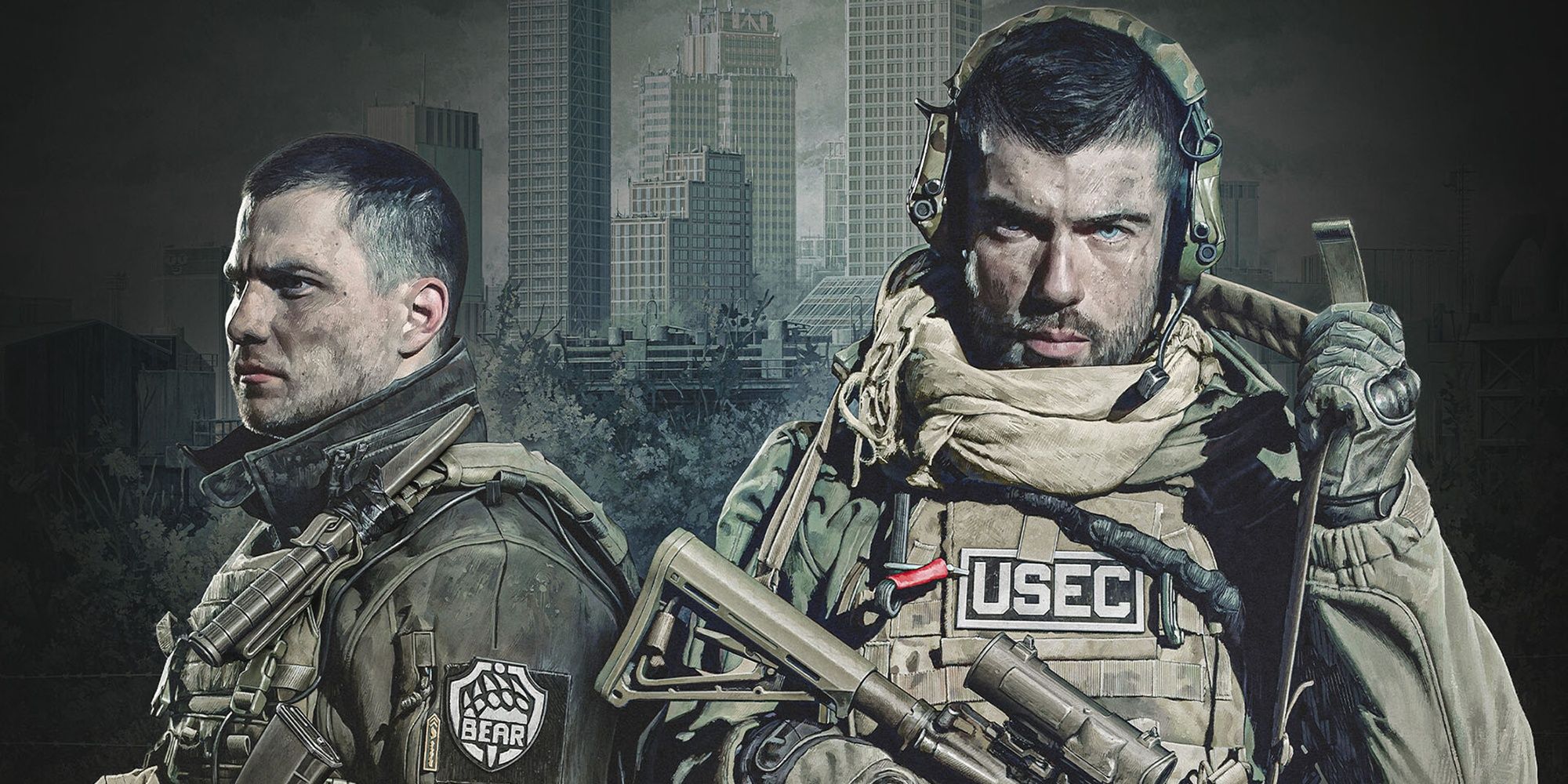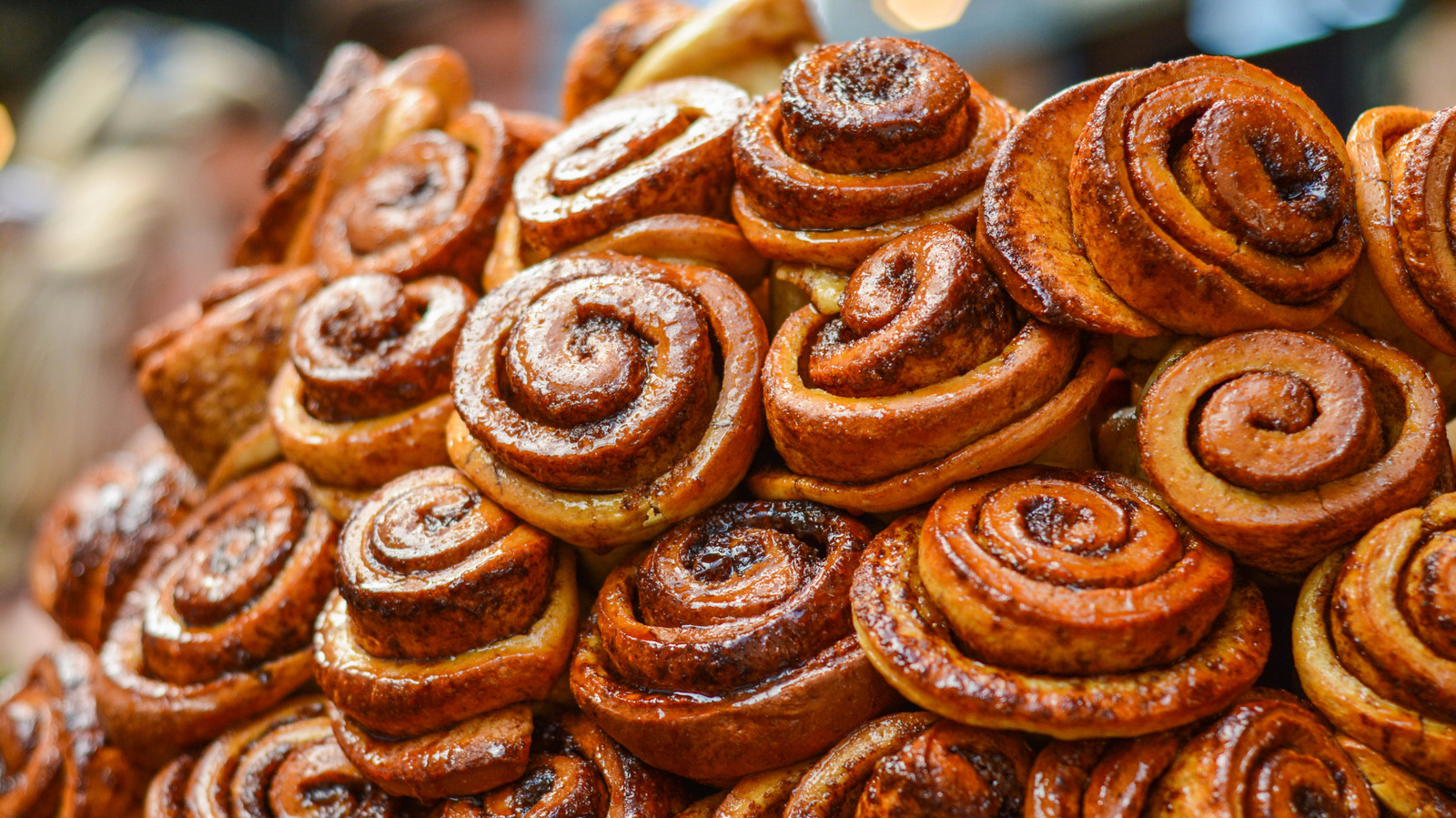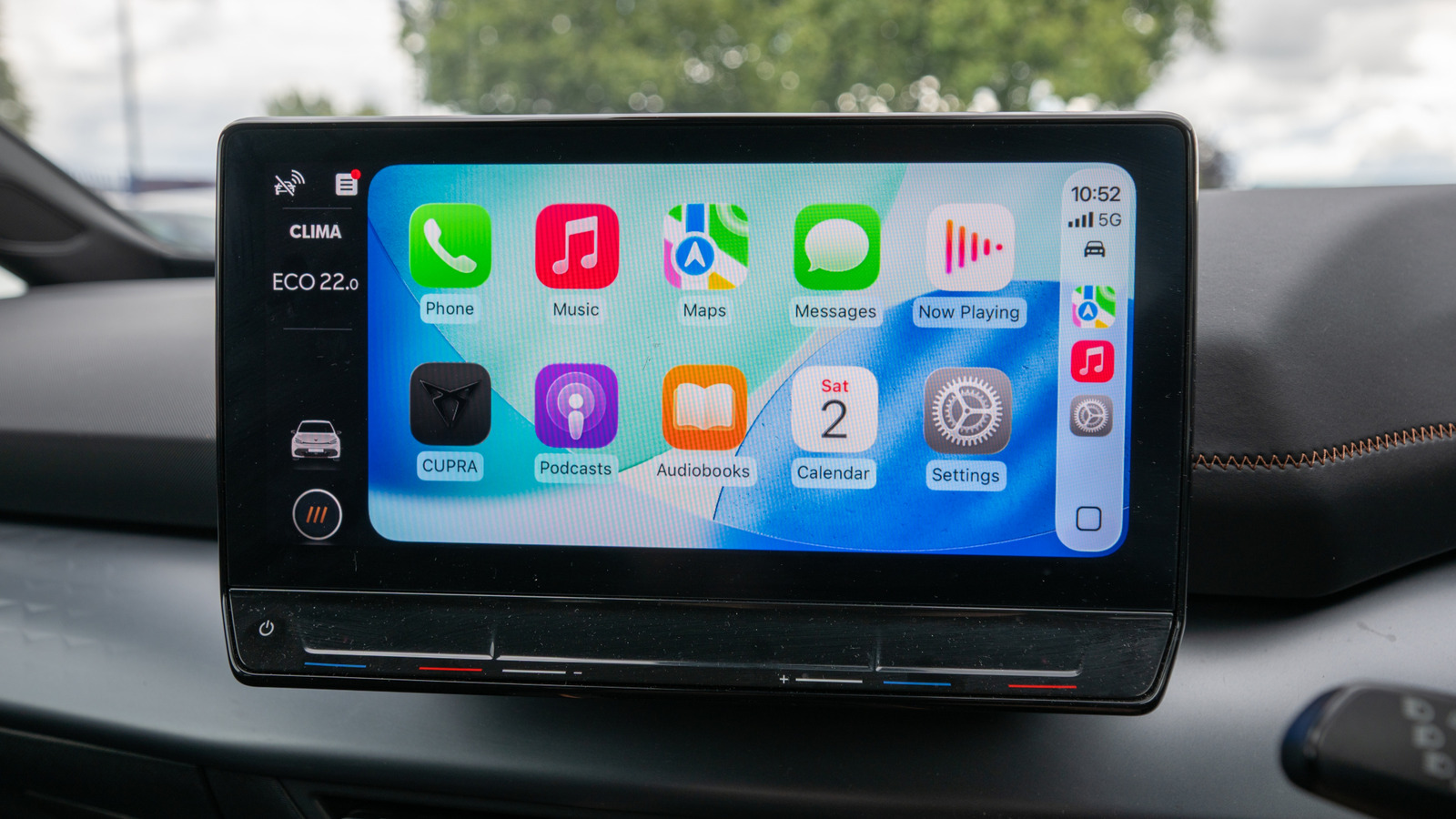
WWW.THECOLLECTOR.COM
4 Japanese Movies With the Most Historically Accurate Battles
All cinema often dramatizes history, but several Japanese war films managed to stay grounded in fact while still delivering captivating stories. This article highlights four films that may use some dramatic license but ultimately get to the heart of some of Japans most iconic battles. From the legendary samurai duel at Kawanakajima to the largest field battle in Japanese history or the harrowing trench war at Port Arthur, these movies offer visceral, faithful insights into bloodsoaked episodes that have helped shape modern Japan.Heaven and Earth (1990) and the Battle of Kawanakajima (1561)Takeda Shingen, Utagawa Kuniyoshi, 1843-1847. Source: Wikimedia CommonsThe 1990 epic Heaven and Earth, directed by Haruki Kadokawa, dramatizes the fourth Battle of Kawanakajima, the most significant of five clashes between Takeda Shingen and Uesugi Kenshin, two legends of the Sengoku period. After the emperor and the shogun lost authority in the mid-15th century, warlords across Japan began campaigns of conquest to consolidate power and put as much of the fragmented country under their control as possible. A direct confrontation between Takeda and Uesugi was all but inevitable.One of the most famous battles in the history of Japanese warfare occurred on October 18, 1561, and involved roughly 20,000 troops under Takeda and 13,000 under Uesugi. Both sides suffered heavy losses4,000 and 3,000 respectivelyyet the outcome remained inconclusive.Heaven and Earth captures the scale of the battle by using thousands of extras and filming in Alberta to recreate the open plains of Shinano (modern-day Nagano Prefecture). It faithfully reproduces uniforms and Sengoku-period tactics, such as the kakuyoku (crane wing), Takeda Shingens take on the pincer movement. The film also emphasizes the importance of subterfuge during large-scale feudal battles.Uesugi Kenshin, Utagawa Kuniyoshi, 1843-1844. Source: Wikimedia CommonsPerhaps the films most iconic moment is the climactic one-on-one confrontation between Kenshin and Shingen. This idea was drawn from real accounts: [Kenshin] swung his sword at Shingen, who did not have time to draw his own sword. He rose from his camp stool and parried the blows as best he could with the heavy war fan that he had been using for signaling (Turnbull, S., 2008, p. 75). While the film embellishes this very brief encounter into a heroic and cinematic duel, it reflects a kernel of truth that underscores the weight of the rivalry between some of the biggest figures in all of Japanese warfare.Heaven and Earth unfortunately emphasizes Kenshins spirituality and moral code and contrasts it with Shingens military drive, portraying the former as something of a hero and the latter as something of a villain, which does not conform to the historical facts. Beyond that, though, there are enough elements in the film that offer a solid foundational insight into samurai battlefield tactics.The Floating Castle (2012) and the Siege of Oshi (1590)Still from the Movie The Floating Castle directed by Shinji Higuchi and Isshin Inudo, 2012. Source: Official trailerThe Floating Castle, directed by Shinji Higuchi and Isshin Inudo, tells the true story of the siege of Oshi Castle of 1590, when a small garrison held off a vastly superior force. In the late 16th century, Toyotomi Hideyoshi, Japans second great unifier, was campaigning in Musashi Province. One of his main men on the ground was Ishida Mitsunari, who was sent with over 23,000 troops to take Oshi Castle defended by just a little over 500 samurai and around 2,000 civilians under Narita Nagachika in what is today Saitama Prefecture. Ishidas victory seemed more than certain.The Floating Castle nails the essentials of this historic event: the attackers numerical superiority, the fortress month-long, defiant resistance, and the innovative siege tactics used by Mitsunari. Mitsunari attempted to replicate Hideyoshis earlier success at Takamatsu by diverting local rivers to flood Oshi Castle, building 28 kilometers of dikes in the process. Yet owing to the castles high elevation, the stratagem failed. Another thing that the movie gets right is the role of Kaihime, a female warrior, in the defense of Oshi Castle: Ishida Mitsunari was therefore surprised when he discovered that a woman was defending Oshi (Turnbull, S., 2010, p. 34).Oshi Castle. Photograph by kamoseiro, 2007. Source: Wikimedia CommonsThe defenders only surrendered when news of their lords defeat at Odawara reached them. In the end, Oshi Castle was never taken by force. The Floating Castle weaves comic elements into the story, which does clash somewhat with the spirit of what was ultimately an inspiring tale of resistance against impossible odds. However, the topography, the design of the castle, the troop movements, and other military details are quite realistic and serve as a valuable visual aid to learning about the basics of Japanese siege tactics.The movie also shines a light on female warriors and locations that rarely if ever get mentioned in the West when discussing Japanese warfare, such as Saitama or Odawara, elevating its educational value.Sekigahara (2017) and the Battle of Sekigahara (1600)Still from the Movie Sekigahara directed by Masato Harada, 2017. Source: Official trailerThe 2017 epic war drama Sekigahara, directed by Masato Harada, tells the story of the 1600 Battle of Sekigahara, the epic clash that led to the establishment of the Tokugawa shogunate and led to over two and a half centuries of peace. Taking place on October 21, 1600 in modern-day Gifu Prefecture, the battle pitted the Eastern Army of Tokugawa Ieyasu (Toranaga in Shogun) against the Western Army led by Ishida Mitsunari.In total, over 160,000 troops were involved in the largest and arguably most important battle in the history of feudal Japanese warfare: [In] the autumn of 1600 the issue of supremacy was settled clearly and permanently after only one major battlefield confrontation, at Sekigahara northeast of Kyoto (Totman, C., 2016, p. 219).The movie manages to capture a lot of the important background leading up to the battle, like the death of Toyotomi Hideyoshi, the fracturing of his regime, and the power vacuum that ultimately ended with anywhere between 35,000 and 45,000 deaths.While the film simplifies some political alliances and allegiances (which is to be expected since there were more than 40 generals and commanders on the fields of Sekigahara), it succeeds in conveying the unimaginable scale and chaos of the massive battle. But even trimmed down, the film does seem to have both regular audiences and history buffs in mind, bursting with tons of information like personal names and locations, all while trying to capture as much real history on film as possible. The final effect can be a little dizzying but so was the actual Battle of Sekigahara itself.Battle of Sekigahara Folding Screen, Author Unknown, Date Unknown. Source: Wikimedia CommonsWhile studying the film, it is important to look past its flattering portrayal of Ishida and the depiction of Ieyasu as a cold, calculating antagonist. It might make for a more easily digestible plot but it has little basis in reality. The romantic subplot between Ishida and a female ninja named Hatsume should also be overlooked.However, despite its cinematic liberties, Sekigahara provides a very strong starting point for understanding one of the most pivotal battles in Japanese history, which has been brought to the big screen with more attention to detail than almost any other historic epic in recent memory. It is not perfect, but it goes beyond the basics by faithfully presenting the stakes, the key players, and the battlefield maneuvers that forever changed Japan.The Battle of Port Arthur (1980) and the Siege of Port Arthur (1904-1905)Still from the Movie The Battle of Port Arthur directed by Toshio Masuda, 1980. Source: Official trailerThe Battle of Port Arthur, directed by Toshio Masuda, vividly depicts the battles for Hill 203/Mount Vysokaya during the Siege of Port Arthur. The brutal siege by the Empire of Japan to capture the Russian naval base in Manchuria lasted from August 1, 1904 to January 2, 1905, making it the longest conflict of the Russo-Japanese War. Hill 203 (named for its height in meters) was the key to Japans strategy. Capturing it would allow them to place an artillery spotter in the perfect vantage point and accurately shell Russias fleet, crippling their naval capabilities in the region.However, the attack turned into a grueling affair, considered by some the most violent episode of the entire Russo-Japanese War. The exact details are scarce but we know that Russian defenses were fierce, using a complex system of trenches, machine guns, barbed wire, and heavy artillery in one of the earliest examples of modern siege warfare. Japan ultimately took the hill but suffered significant losses.203 Meter Hill, Imperial Japanese Navy General Staff, 1909. Source: Records of Naval Battles in Meiji 37th-38th vol. via Wikimedia CommonsThe film accurately captures the savagery of the hills repeated assaults and the new, mechanized nature of war that the top brass failed to grasp. During the First Sino-Japanese War (1894-1895), General Nogi Maresuke took the Port Arthur area from Qing China in just a few days, so it was expected of him to repeat that feat with the Russians. The same underestimation of the enemy is felt throughout The Battle of Port Arthur.The movie emphasizes the physical and emotional toll that trench warfare exacts on soldiers. While it does not fully explore the broader elements of the siege, its focus on the personal hell that soldiers on both sides went through drives home the point that Hill 203 was a new frontier of combat. As such, it is not surprising that the movie features dramatized elements, especially fictional, personal stories of some individual soldiers, but in this case, the fiction helps us understand real history better. In the end, the film stands as a historically grounded, emotionally impactful portrayal of early 20th-century Japanese warfare that anticipated the bloody trench warfare of the First World War.Sources:Totman, C. (2016). A History of Japan, Second Edition.Turnbull, S. (2008). Kawanakajima 1553-64: Samurai power struggle.Turnbull, S. (2010). Samurai Women: 11841877.
0 Comentários
0 Compartilhamentos
0 Visualizações












